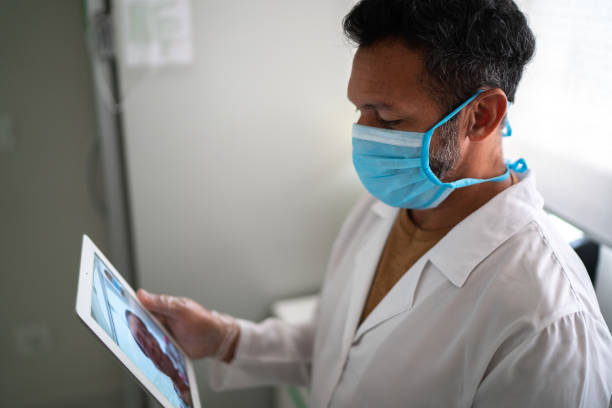Patient Monitoring and the Aging Population
 |
| patient monitoring solutions |
In an era defined by technological leaps, patient monitoring solutions have emerged as a beacon of hope, transforming the landscape of healthcare, especially in the context of our aging population. As the silver-haired community expands, so does the need for advanced healthcare systems. This blog delves into the realm of patient monitoring and its pivotal role in addressing the unique challenges posed by an aging demographic.
The Aging Population Challenge:
The global population is aging at an unprecedented rate, with seniors aged 65 and above becoming the fastest-growing segment. This demographic shift brings about a surge in chronic diseases and age-related health concerns, demanding a reevaluation of healthcare strategies. Patient monitoring solutions stand at the forefront, offering a proactive approach to managing the health of our elderly.
Understanding Patient Monitoring Solutions:
Patient monitoring solutions encompass a range of technologies designed to track and analyze health parameters in real-time. From wearable devices to sophisticated in-hospital systems, these solutions provide continuous data on vital signs, allowing healthcare professionals to intervene promptly and tailor treatments to individual needs.
Importance of Early Detection:
Early detection of health issues is critical, especially for the elderly, as it can significantly impact treatment outcomes. Patient monitoring solutions empower caregivers and healthcare providers to identify subtle changes in health indicators promptly. This proactive approach aids in the prevention of complications, reducing hospital readmissions and improving overall patient outcomes.
Remote Patient Monitoring: Bridging the Gap:
One groundbreaking aspect of patient monitoring solutions is the ability to facilitate remote healthcare. For seniors who may face challenges in accessing healthcare facilities, remote patient monitoring becomes a lifeline. It allows healthcare professionals to keep a close eye on patients' health without requiring them to leave the comfort of their homes.
Technological Advancements in Patient Monitoring:
The landscape of patient monitoring is rapidly evolving, thanks to advancements in technology. Artificial Intelligence (AI) and machine learning algorithms now play a pivotal role in predicting health trends, ensuring a more personalized and effective approach to elderly care. These innovations not only enhance diagnostic accuracy but also contribute to the efficiency of healthcare delivery.
Real-Life Impact:
Overcoming Challenges:
Future Trends and Possibilities:
The future of patient monitoring is brimming with possibilities. From the integration of wearable devices with advanced sensors to the development of predictive analytics, the healthcare industry is on the cusp of a new era. Embracing these trends promises not only improved healthcare outcomes for the aging population but also a more sustainable and cost-effective healthcare system.
Conclusion:
In conclusion, patient monitoring solutions have emerged as a transformative force in healthcare, particularly for the aging population. As the world grapples with the challenges posed by an increasingly older demographic, these technologies offer a ray of hope, promising a future where healthcare is not only reactive but also proactive, personalized, and seamlessly integrated into the lives of those who need it the most.



Comments
Post a Comment